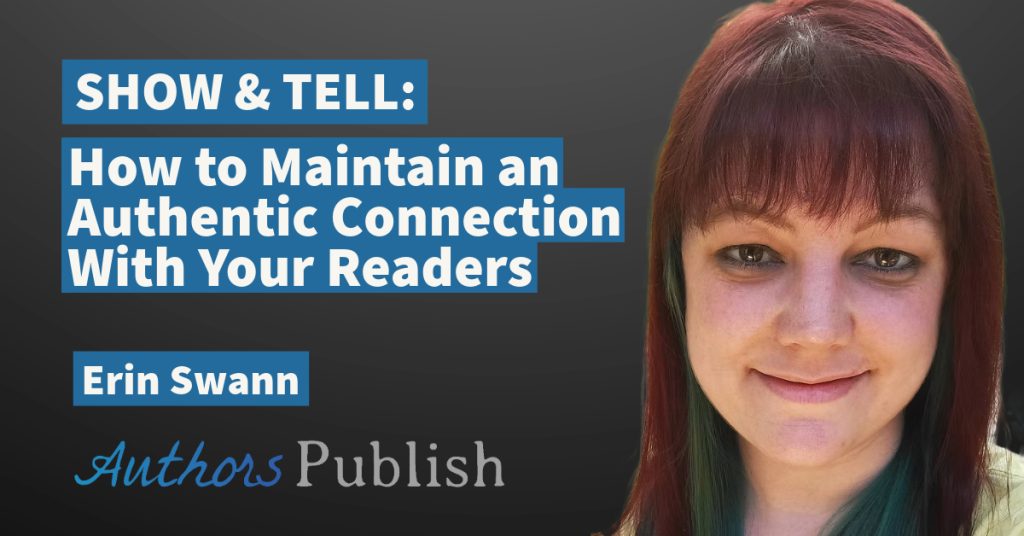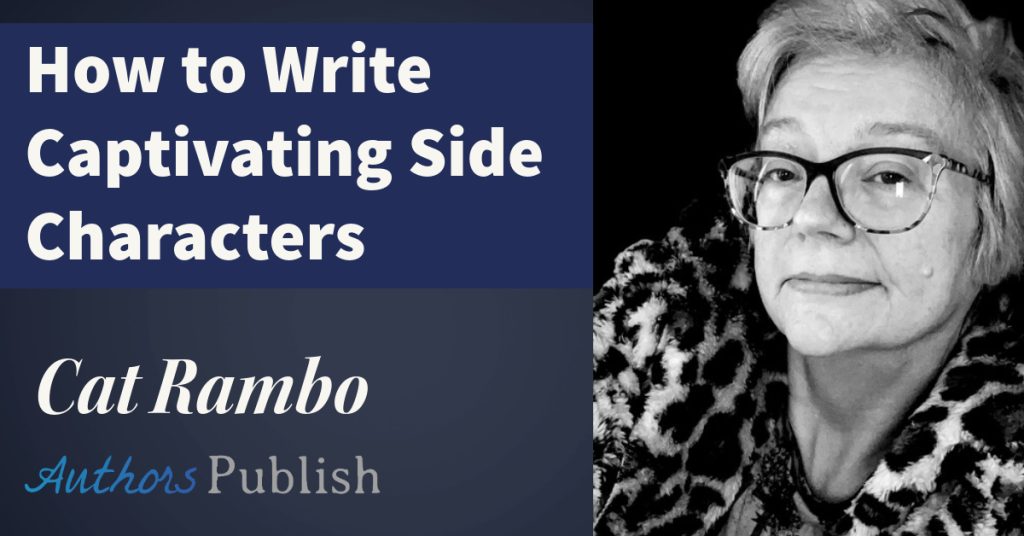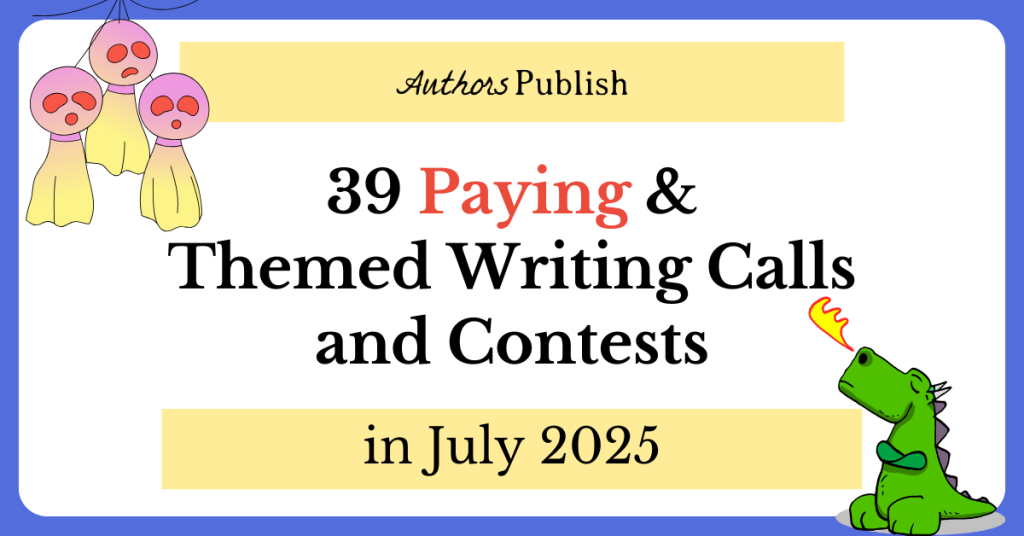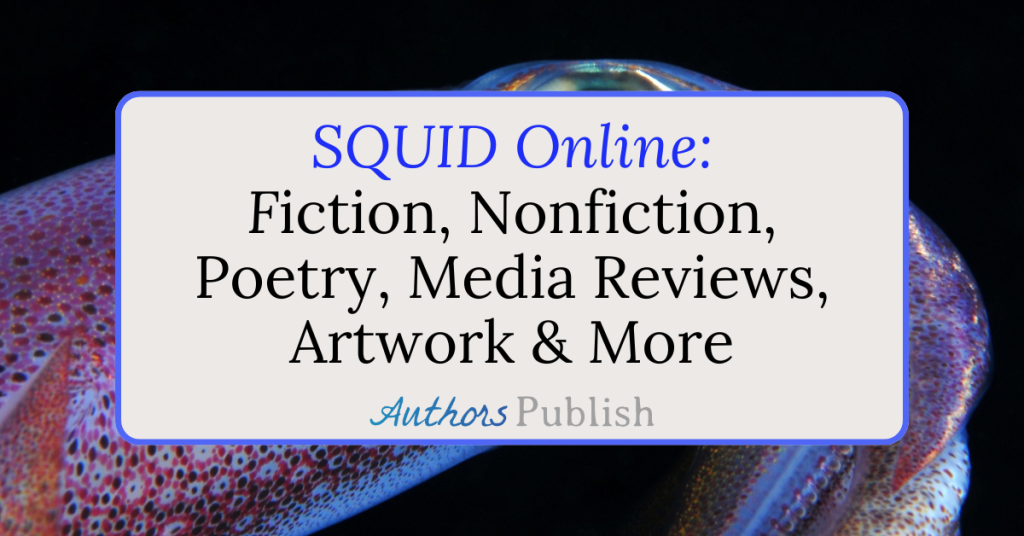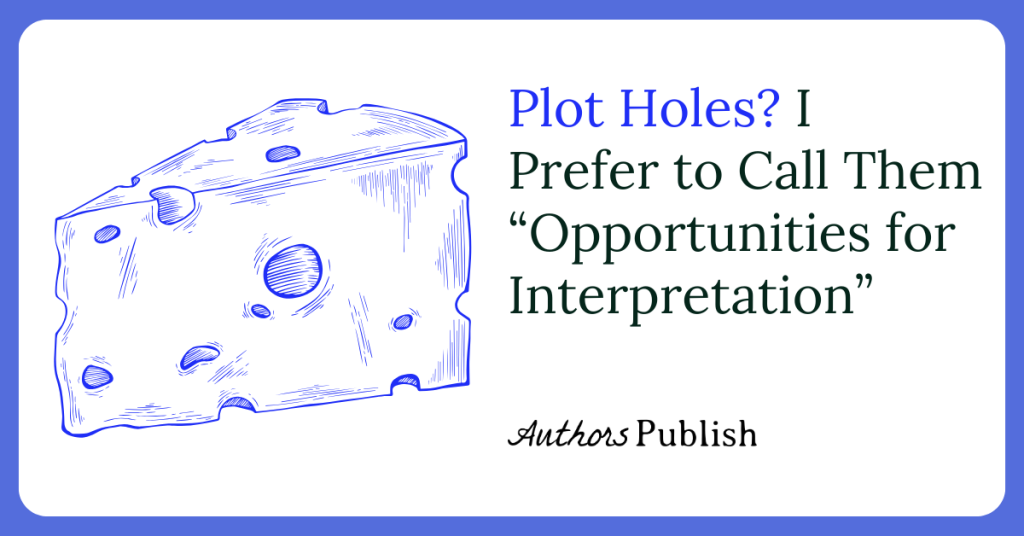By Stephanie Katz
Writing a poem can feel magical. An idea may pop into your mind as you shop for groceries, and suddenly you’re tucked away in the cereal aisle, furiously typing a note on your phone. Or you may be wiping your kitchen counter when an old grief sneaks up on you, and you write the weight of it onto a scrap of junk mail. Though creating a poem is a wondrous experience, the process of getting that same poem published can be tedious or even disheartening if the poem is repeatedly declined by literary magazines. Declines are an unavoidable part of being a writer, but the simple suggestions below can increase a poem’s odds of publication and help you grow as a poet. In my seven years of running a litmag, I’ve had the honor of reading hundreds of poems. I believe small changes can make a big impact on poem’s odds of being accepted.
- Add Concrete Imagery
Prose writers follow the mantra “show, don’t tell” when revising their work, but poets often leave out concrete imagery from their poems or include vague imagery. Concrete imagery is vivid, specific descriptions that engages at least one of the reader’s senses. Concrete imagery grounds the reader and helps them visualize the poem just like they would visualize a short story or novel. In “rice & rain,” Robin Gow describes a downpour of rain as:
all the rain came down at once like a dropped bag
of aquarium pebbles. too much for the street to swallow:
all gravel & grit.
Though he could have written a general statement such as “it suddenly started to rain really hard” to sufficiently set the scene of the poem, his unique description makes commonplace weather feel fresh to the reader. Readers can easily see the image of dropped pebbles splayed out across the floor and imagine a road overflowing from rain. The underlying themes of most poems are universal experiences that have been written about hundreds of times, such as heartache, grief, love, joy, or self-discovery. If you’re writing about a common experience, remember that the most interesting part of your poem is not the experience, but rather the way you describe the situation in a new way. In Gow’s poem, hard rain is nothing new, but the way he describes the rain makes it feel like a distinctly new experience.
When deciding what concrete imagery to add, think of how it can strengthen the general meaning of your poem. In “Friendly Skies, or, Black Woman Speaks Herself into God,” Alabama Poet Laureate Ashley M. Jones uses concrete imagery to transform a flight attendant’s otherwise ordinary safety announcement and tie it into the powerful feelings Jones had while listening:
—our attendant, Valerie, is Black. her braids hang, a holy rope, in a high ponytail. her eyes, divinely familiar. when the disembodied voice booms over the plane speakers, we see her mouth moving in time with its words. to ensure your safety, she says. secure your mask before helping others. her lips make the shape of our salvation.
Through Jones’ description, the reader can simultaneously imagine how the flight attendant looks and sounds as a real person, as well as the god-like figure Jones’ reimagines her to be. When revising your poetry, look for ways to help readers see, hear, smell, taste, or feel as least one aspect of your poem. Don’t feel obligated to bog down your poem with too much imagery—one or two concise images are enough, though you can add more if it suits the poem. Consider describing the setting of the poem, as well as a person, object, or action referenced in the poem. Many poets reference an unnamed “you” in a poem and giving a small glimpse of this anonymous person’s appearance or mannerism can help the reader understand the poet’s frame of mind.
- Experiment With Formatting
Though formatting and punctuation may be the last thing a poet thinks about while writing a poem, it’s one of the first things an editor notices while reading a poetry submission. Formatting refers to the way the poem is arranged on the page and includes line breaks, alignment of text, and the use (or lack) of paragraphs. Just like graphic designers use “negative space” in their design to balance elements, poets can think about how lines and individual words look on the page compared to the extra space around them.
Most writing software—including Microsoft Word and Google Docs—automatically aligns sentences to the left, but with the tab and space bar, you can move whole lines or individual words horizontally to make certain words or phrases pop. In her poem “Ponyo (2008) Dreams in Tectonic Scales,” which was chosen for the 2022 Best of the Net anthology, Sarah Lao’s choice of spacing mimic the look of a stream or a fish swimming back and forth over the page. The spacing also slows down the pace of the poem and makes phrases stand on their own while also working together as the reader continues to the next phrase.
I move under the buckled
crests
in a vocabulary of catastrophe. I want nothing
more
than the hands to open & close
In one of untitled poems from rupi kaur’s collection milk and honey, line breaks and spacing are used to denote two people talking to each other:
you look just like your mother
i guess i do carry her tenderness well
you both have the same eyes
cause we are both exhausted
As you edit your poem, move lines and words around to see how it changes the look and feel of the words. Some poems may work better published in print or published online. For example, poems with very long lines can be published online more easily, while print litmags are constricted to the space on a physical page. Though your Word document may be set up as an 8.5 x 11 page, many litmags print their issues in smaller sizes, so a very wide poem may not work well for print publication.
After you perfect your poem’s formatting, save and submit it as PDF and make sure it looks exactly as you wish it to appear when published. Occasionally an editor reading your poem may use a different writing software to view your poem, and elements such as spacing can get lost in software translation. If your formatting is especially complex or out of the norm, submit an image of the poem in addition to the text copy. For example, Fatimah Asghar’s poem “Microaggression Bingo” is formatted as a Bingo card and was published effectively online a an image so the poem’s formatting doesn’t get rendered incorrectly by the browser.
Though it’s tempting to pick wild fonts to make a poem more exciting, Times New Roman size 12 or any other standard font is preferred by most editors. When your poem is published, it will appear in the standard font the publication uses. If you truly feel a non-standard font is essential for your poem, consider making a collage poem.
- Fine Tune the Details
Though non-standard fonts are frowned upon in submissions, attention to details like punctuation and capitalization is celebrated by editors. Be intentional with every comma, period, or apostrophe as you do a final edit of your poem. Jeannine Hall Gailey’s poem “Calamity” uses a lot of traditional punctuation found in prose writing, and the punctuation helps the reader move smoothly through the poem:
Tonight you have to give a speech
and that girl who hated you in third grade
will be in the audience. What have I ever done
to deserve this? the prophet asks, tearing his robes
in the desert. God responds: How long you got?
Though Gailey did not use quotation marks to denote dialogue, the dialogue can be inferred by the other punctuation used. To show dialogue, consider using quotation marks, italics, line breaks, or text alignment. There are no rules for punctuation in poetry, and some writers forgo it entirely. However, well-used punctuation helps the flow of a poem and can change the meaning of a line. In “Everywhere in the World They Hurt Little Black Girls,” Tafisha A. Edwards expertly employs punctuation and italics to change the meaning of the same sentence:
Everywhere in the world, they hurt, little Black girls.
Everywhere in the world they hurt little Black girls.
Everywhere in the world they hurt little Black girls.
Where in the world they hurt little Black girls?
Everywhere. In the world they hurt little Black girls.
While you’re fine-tuning your punctuation, pay attention to capitalization and use of italics. By default, writing software capitalizes the first word of every sentence, as well as the first word every new line. In the famous poem “The Red Wheelbarrow” by William Carlos Williams was written with no capitalization:
so much depends
upon
a red wheel
barrow
The first two stanzas of the poem look and feel quite different when default capitalization is applied, and the words seem less delicate:
So much depends
Upon
A red wheel
Barrow
In “One Art,” Elizabeth Bishop italicizes a single word that shows the writer grappling with her complex and conflicting feelings about grief.
—Even losing you (the joking voice, a gesture
I love) I shan’t have lied. It’s evident
the art of losing’s not too hard to master
though it may look like (Write it!) like disaster.
To help you make small, yet impactful choices in your poem, read it out loud and see where the natural pauses are, as well as where the poem needs to be sped up or slowed down by using punctuation in tandem with formatting.
- Try Different Titles
The title is the foundation of a poem and sets the tone for every word that comes after it. A great title gently hands the reader key information they need to get a clear understanding of the poem without being too on the nose. For example, “wednesday’s child” by Rebecca Cross alludes to the nursey rhyme that describes children born on Wednesdays as “full of woe.” From this title, readers can immediately infer the poem will be about childbirth as well as a sorrowness that is inescapably predestined. Without needing to explicitly state a feeling of sadness, the title’s foreshadowing is confirmed in the final stanza:
I, who have done only the leaving, not the losing?
Who have had no surgeries, no hospital stays?
My very health an insult. What do I know? I know
what it is to be severed. I know the sweetness of milk,
the weight of a hand, the havoc my body brings.
A different title, such as “A Woeful Child,” could have conveyed the same information to the reader, but it would lack subtlety and it wouldn’t have left any room for a potential reader to be curious enough to read the poem. Just as a great book cover makes someone want to pick up the book and read it, a great title makes an editor—and later, the subscribers of a litmag—want to read the poem. A title does not need to be overly complicated or esoteric to be interesting, so play with different titles until you find one that is both meaningful and compelling.
Occasionally, an editor may ask you to choose a different title, or you may discover a better title for a poem after it’s been accepted. Don’t hesitate to send an editor a new title for a poem. In 2018, I accepted a poem for 805 by Haley Karin titled “Next.” Before publication, Karin asked me to change the title to “Thoughts and Prayers,” since the oft used phrase aligned perfectly with the heart of the poem:
Next year we’ll find ourselves standing by
the kitchen window and we’ll overhear it
on the TV in the other room
happening somewhere else:
a car a gun a bottle
a wave a note an epidemic
A title can also clarify the subject of the poem—such as an anonymous “you” or another vague pronoun that is not readily apparent to a reader. Or, the title can clarify the speaker of the poem if it’s not the poet. For example, Esther Ra “My Mother’s Mother (Speaks)” explains to the reader that the poet is writing from the perspective of her grandmother, which is key to understanding the poem:
Homeless, I live with my daughter,
the smallest one, hard as the earth.
The one always running away:
from her marriage, her country, her home.
Though it can be difficult to pick a title, the right one will resonate with you and feel right sitting as the crown of your poem.
- Submit Multiple Poems in One Submission
Most litmags, including 805, allow you to submit multiple poems to them at the same time, but many writers don’t take advantage of this opportunity, possibly because they only have one poem ready to submit. I encourage new writers to create an inventory of poems ready to go in sets of three or five poems, since many litmags accept up to three or five poems at a time per submission. When you have another round of poems ready to go, submit them to at least ten publications that would be a good fit for your work. Though we all have dream litmags we hope to see our work in, remember the goal is to get a lot of your work out for the world, not just one poem in one magazine.
Though your submission-ready poems do not need to be dependent to each other, do consider submitting poems on the same theme together in one submission. Editors may accept a single poem or ask to publish all of them as a set. For example, 805 published three poems by Haley Karin and three by Rebecca Cross in issues 4.2 and 5.3 respectively. Karin’s poems were loosely on the same topic, while Cross’s were each on different women portrayed as sideshow attractions. In both cases, the other editors and I felt the poems were so complimentary of each other, they should be featured as sets. Challenging yourself to write a mini-collection of three to five poems can also help you become a prolific writer. One of the best ways to ensure your poems are published is simply to write a lot and submit a lot.
One final note: Though declines can be disheartening, please don’t let them stop you from submitting your poems to litmags or from creating new work. Editors want you to succeed, even if their litmag isn’t the right place for a particular poem. Every time you’re declined by a publication do two things: send them a fresh set of poems (if they’re still open to submissions) and submit the poems they declined to at least three more publication. Don’t stress yourself by re-reading or overanalyzing decline letters—keep moving forward with your writing and publishing goals. The writing each publication decides to publish is very subjective because editors each have personal tastes. What doesn’t resonate with one editor may immediately click with a different editor. I’ve declined many poems that have gone on to be published elsewhere, and that makes me very, very happy for the poet and the litmag to have found the right fit in each other. Believe in your work, and trust that you’ll find the right home for each poem.
Stephanie Katz is a librarian, writer, and editor. She runs the award-winning literary journal 805 Lit + Art and is the author of the book Libraries Publish: How to Start a Magazine, Small Press, Blog, and More (Libraries Unlimited, ABC-CLIO, 2021). She writes about creative library publishing at literarylibraries.org and lives on an island in Florida.

